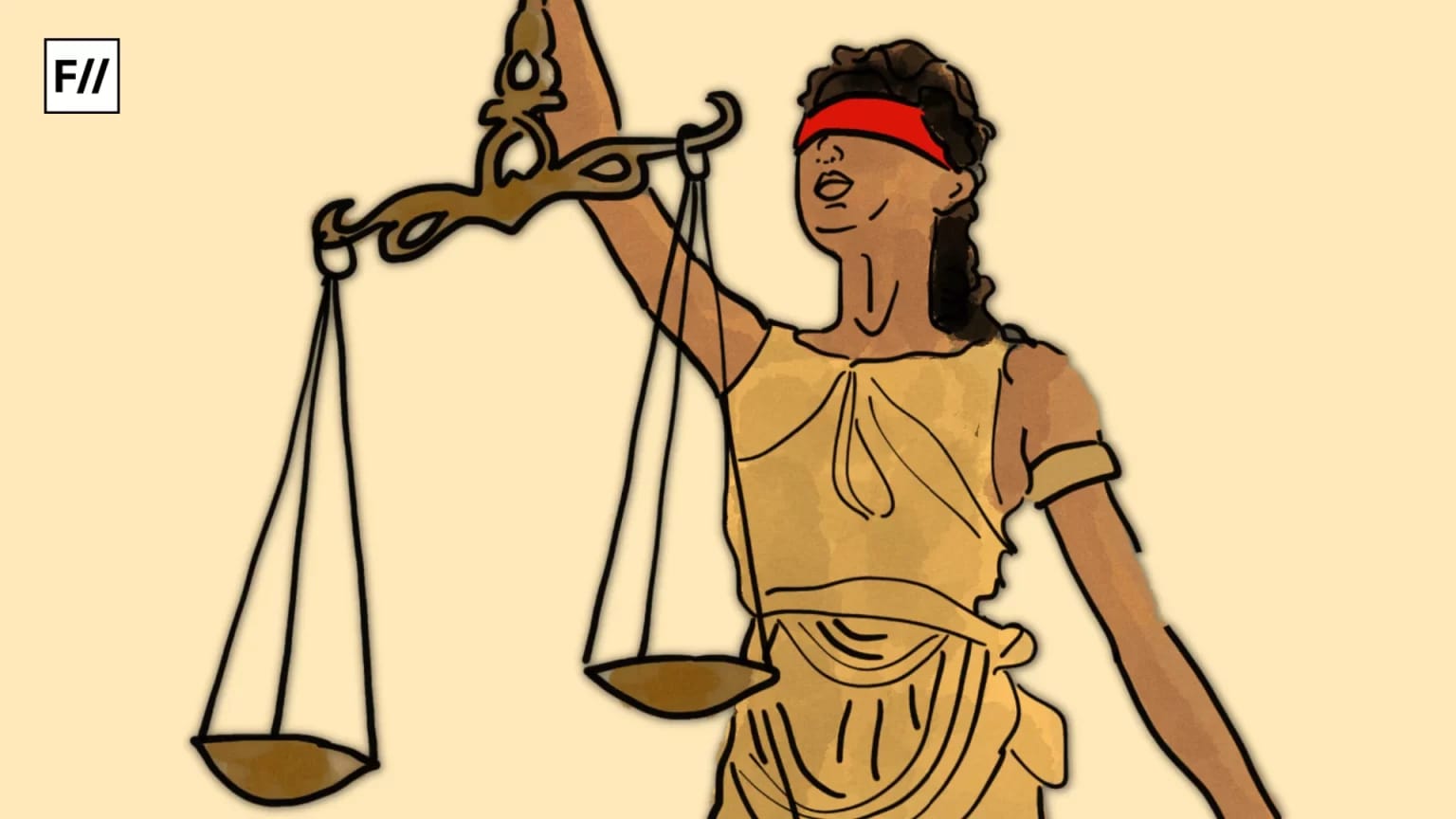Posted by Suchitra Dalvie
The Women’s Sexual, Reproductive and Menstrual Rights Bill has been proposed in 2018 by Dr Shashi Tharoor, M.P from Thiruvananthapuram.
Tharoor’s Bill makes certain recommendations with a specific focus on issues of marital rape, reproductive agency and menstrual rights.
Could this be the game changer in an environment where many rights are being restricted and many voices are being silenced? We have a rather large collection of laws meant to ‘empower’ and ‘protect’ women from a vast range on injustices and inequalities, whether they actually result in any change in women’s lived realities or not. This includes the Female Infanticide Prevention Act, Dowry Prohibition Act, Prohibition of Child Marriage, Protection of Women from Domestic Violence Act, Maternity Benefits Act among others.
However, this is the first time in the history of Indian politics that a politician has raised concern over rape within a marriage. The last time we had a conversation around marital rape in 2017 here is what our government had to say about it:
“It has to be ensured adequately that marital rape does not become a phenomenon which may destabilize the institution of marriage, apart from being an easy tool for harassing the husbands,” said an affidavit filed in the Delhi High Court. Tuesday’s statement by Prime Minister Narendra Modi’s government also said that the country should not blindly follow Western countries that have criminalized marital rape, as illiteracy and diversity make India unique.”
Also need: SC Says Protecting ‘Institution Of Marriage’ Is Above Marital Rape
Tharoor’s Bill addresses menstrual rights and also makes certain recommendations around reproductive autonomy. It does ask for autonomy and self – determination for women and makes a good argument here:
“Women have been made vulnerable by the social construct of patriarchy, leading to their exclusion in every other social space. Unless we account for these inequalities and deconstruct patriarchal notions, we will fail in our constitutional mandate to ensure everyone’s right to access justice… Similarly, even with respect to reproductive rights, a woman must have the right to terminate pregnancy as a norm rather than an exception.”
Tharoor’s Bill fails completely in the follow up when it uses language of paternalism and victimhood
However, Tharoor’s Bill fails completely in the follow up when it uses language of paternalism and victimhood here:
“A woman’s right to terminate pregnancy should be only restricted to avoid female foeticide and when a foetus gains the right to life after it becomes viable.
In all other circumstances, including when the foetus or the pregnant woman has any injury or threat to life, or when a woman is a rape survivor or has a disability, she should have the right to terminate her pregnancy.
There must be no unnecessary distinction in the right to terminate pregnancy between married and unmarried women.
To ensure women, especially rural women, can successfully exercise this right, the procedure must be relaxed accordingly.
A major hurdle in the termination of pregnancy is the social stigma attached to it, which should be removed by absolutely protecting the privacy of a woman who intends to or terminates her pregnancy under the Medical Termination of Pregnancy Act, 1971.”
While on initial reading of Tharoor’s Bill many laypersons might agree with this framing, it is genuinely problematic at many levels.
1. A woman’s right to terminate pregnancy should be only restricted to avoid female foeticide and when a foetus gains the right to life after it becomes viable.
This conflates the issue of sex determination with the right to abortion. There is no ‘male feticide’ or ‘female feticide’, only safe and unsafe abortions. In a country where women have an abysmally low status at all strata of society and where girls have been unwanted for centuries, to propose such legislation which is essentially suggesting forced births of unwanted girls, does nothing to address the discriminatory environment in which the women seeking abortions are living, nor the quality of life issues that the girls forced to be born may suffer.
We need to recognize that the reason why girls are unwanted is because of the patriarchal socio-cultural and religious beliefs and that reducing women’s agency in the right to terminate an unwanted pregnancy will not solve it. The unwanted girls being born are far more likely to be starved, neglected, un-immunized and often die before they reach their 6th birthday. In fact a recent study suggests that as many as 21 million girls in India are unwanted – born only because their parents did not stop having children till they have the desired number of sons.
Tharoor’s Bill makes certain recommendations with a specific focus on issues of marital rape, reproductive agency and menstrual rights.
Also, bringing fetal viability into the picture is a slippery slope towards the right to life of the fetus and must be avoided at all costs.
2. In all other circumstances, including when the foetus or the pregnant woman has any injury or threat to life, or when a woman is a rape survivor or has a disability, she should have the right to terminate her pregnancy.
The framing is unclear as to whether the fetus or the woman has a disability but assuming it is meant to be the fetus then one has to question why the female fetus is to be protected against potential ‘discriminatory elimination’ but people with disabilities are not offered the same level of ‘protection’ or inclusiveness?
This speaks to the larger lack of understanding of inclusiveness and who ‘deserves’ to be born in order to fit into our idealized version of a productive ‘normal’ society and when do we hold the State accountable for creating or perpetuating an environment within which such discriminations continue due to lack of adequate investment in establishing systems and infrastructure for inclusion (for both women and girls as well as people with disabilities).
3. There must be no unnecessary distinction in the right to terminate pregnancy between married and unmarried women.
While this is excellent as a concept, currently despite the law saying that only the woman’s consent is needed, they are still harassed for their husbands consent or even denied the abortion in his absence. How will they address the consent of an unmarried girl under the age of 18 or minors?
This section could have also included a clause to make sex education compulsory and child marriages void.
4. A major hurdle in the termination of pregnancy is the social stigma attached to it, which should be removed by absolutely protecting the privacy of a woman who intends to or terminates her pregnancy under the Medical Termination of Pregnancy Act, 1971.
The stigma cannot be removed by even more silence and secrecy. The stigma needs to be eliminated by normalizing abortions as part of a woman’s reproductive life and as a regular method by which she can control her fertility and her life, similar to the use of methods of contraception.
In the meanwhile, our Supreme Court has already addressed this issue in its judgement on the right to privacy: “Recognising a woman’s prerogative to make decisions about her health and body, the bench ruled that “there is no doubt that a woman’s right to make reproductive choices is also a dimension of ‘personal liberty’ as guaranteed under Article 21. It is important to recognise that reproductive choices can be exercised to procreate as well as to abstain from procreating.” The judgment further states that “a woman’s freedom of choice whether to bear a child or abort her pregnancy are areas which fall in the realm of privacy.”
Apart from the privacy judgment, a 2016 Bombay High Court judgment provides useful guidance for reform (Bhatia 2016). In a suo motu PIL concerning the deplorable condition of a female prison inmate, the high court categorically stated that a “woman alone should have the right to control her body, fertility and motherhood choices.” The high court also addressed the status of the legitimate state interest in protecting “potential life.” It stated that since pregnancy takes place within a woman’s body and profoundly affects her health, mental well-being and life, an unborn foetus cannot be put on a higher pedestal than the rights of a living woman.
Thus, the Bombay High Court and Supreme Court have both emphasised women’s autonomy to make informed decisions regarding their own bodies, fertility, and reproduction.
Also read: The Govt’s Secret War On Women’s Bodies In The Name Of Reproductive Healthcare
Given that the Indian Penal Code, absorbed mostly un-changed from the British penal Code of 1860, still criminalizes miscarriage, perhaps we need to look at first de-criminalizing it from there and then creating a law which protects women’s right to their body by providing and ensuring that they have access to free and good quality safe abortion services ( surgical and medical) at all public health sector facilities, without any coercion for contraception.
That is the law we really need.
Suchitra Dalvie is a women’s health expert and the Coordinator of the Asia Safe Abortion Partnership.
Featured Image Source: BTVi
About the author(s)
Asia Safe Abortion Partnership (ASAP) is an abortion rights advocacy organization committed to capacity building at the regional level by connecting and boosting the work of abortion rights activists across Asia in the form of workshops, conferences and small grants.




